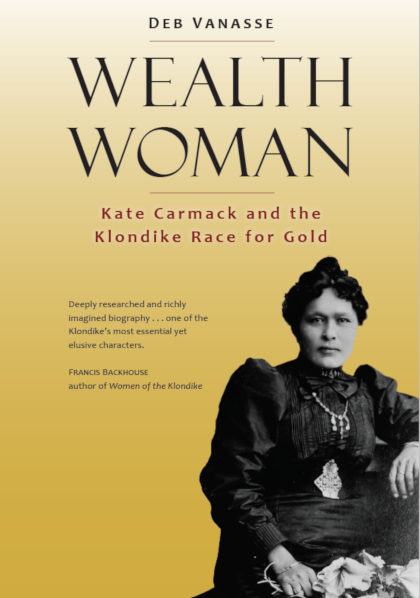Northern Miner
http://www.yukonminingalliance.ca/
http://www.yukonwim.ca/index.html
Anne Turner (nee Lewis) is the executive director of the Yukon Mining Alliance (YMA). Lindsay Wilson is communications manager at YMA.
It was finding gold at Rabbit Creek and along the riverbeds of the Klondike that forever changed one of the world’s final frontiers — the Yukon Territory — and cemented the region’s roots as an inspiring Canadian mining district.
Yukon’s rich mining history continues to provide exciting discoveries, varied commodities and significant opportunities for northerners and investors alike. As we kick off 2019, we reflect on our history and the last year that has proved — through achievements, advancements and accolades — that Yukon is a mining district to follow and to celebrate.
In 1896, a hundred-thousand stampeders journeyed north, following the news of “Gold, gold, gold!” and “The Klondike gold rush begins” in papers from Seattle to San Francisco. Kate and George Carmack, Skookum Jim Mason, Dawson Charlie and Robert Henderson discovered placer gold at Rabbit Creek (later renamed Bonanza Creek) on Aug. 26.























